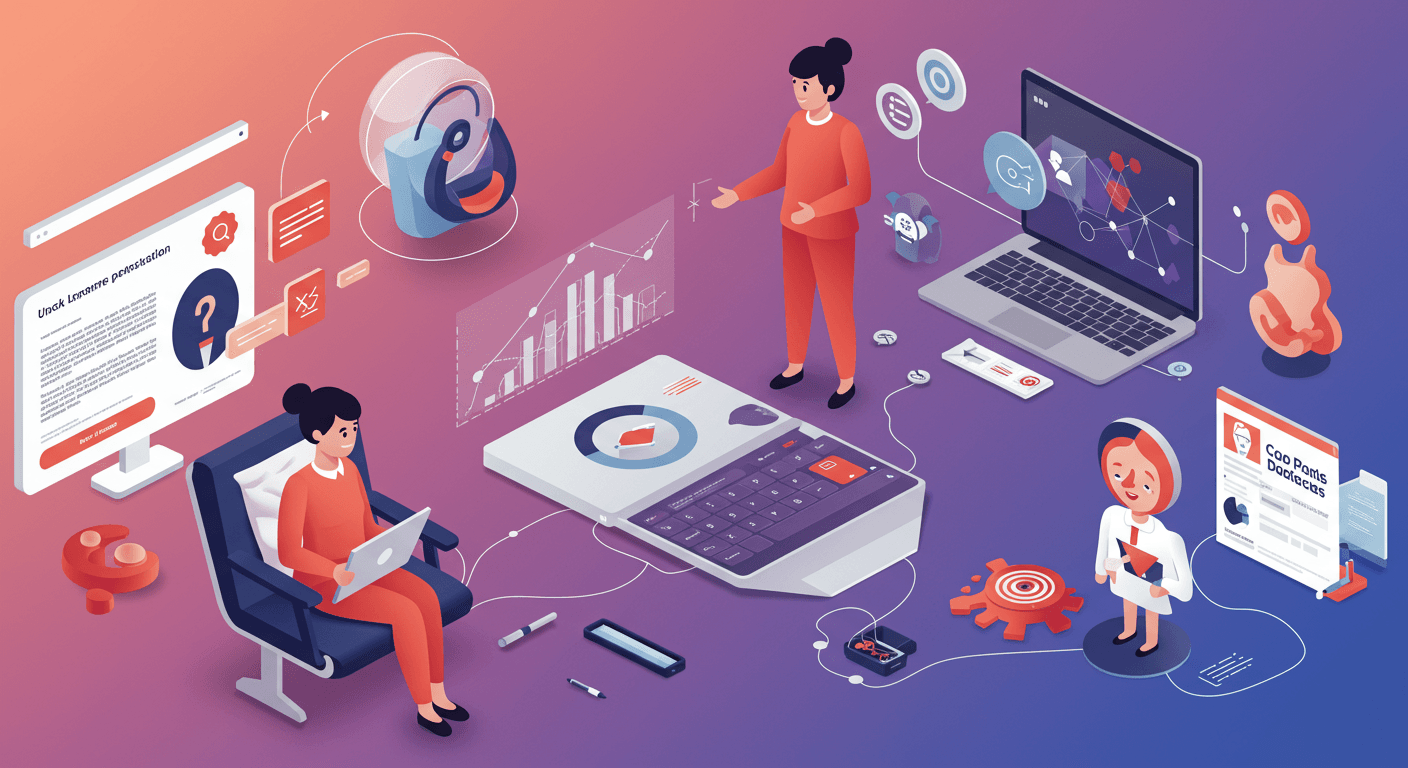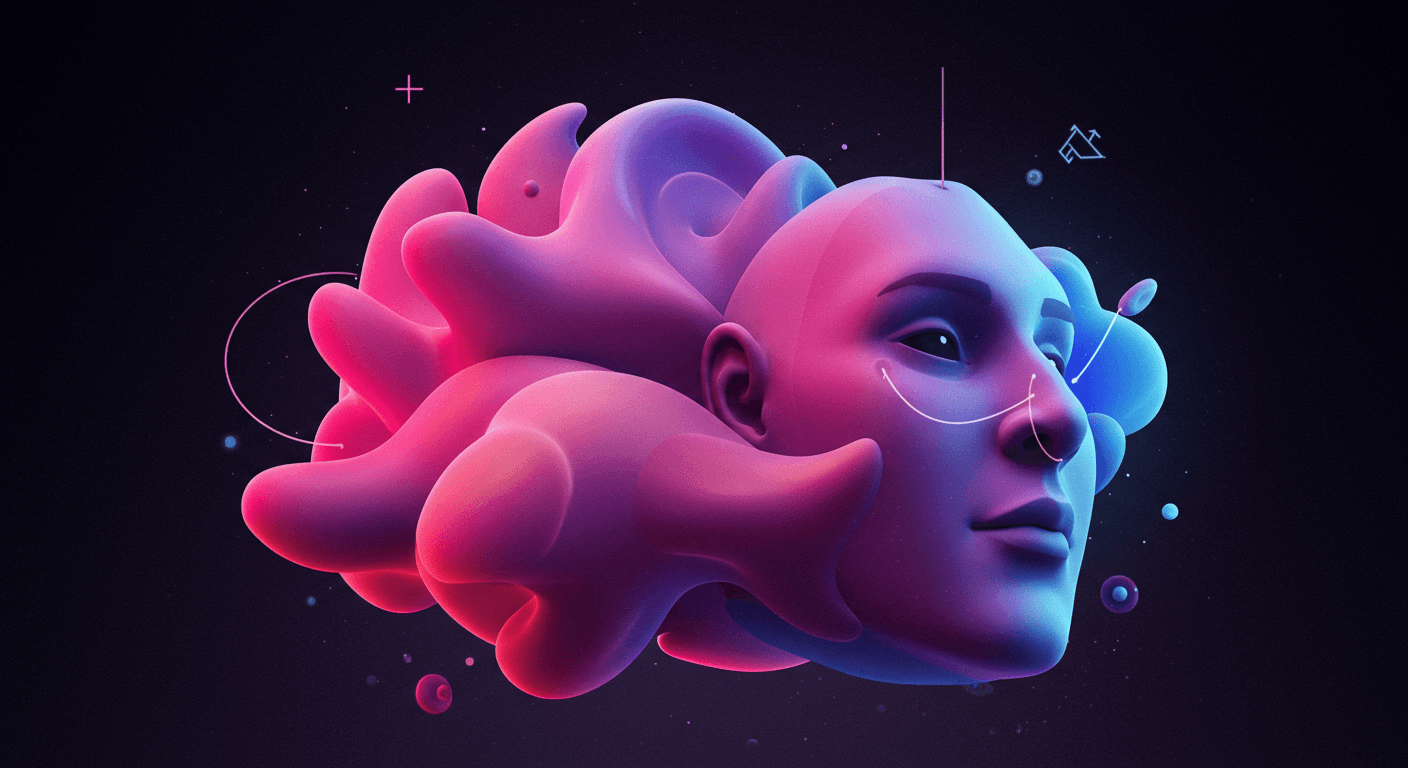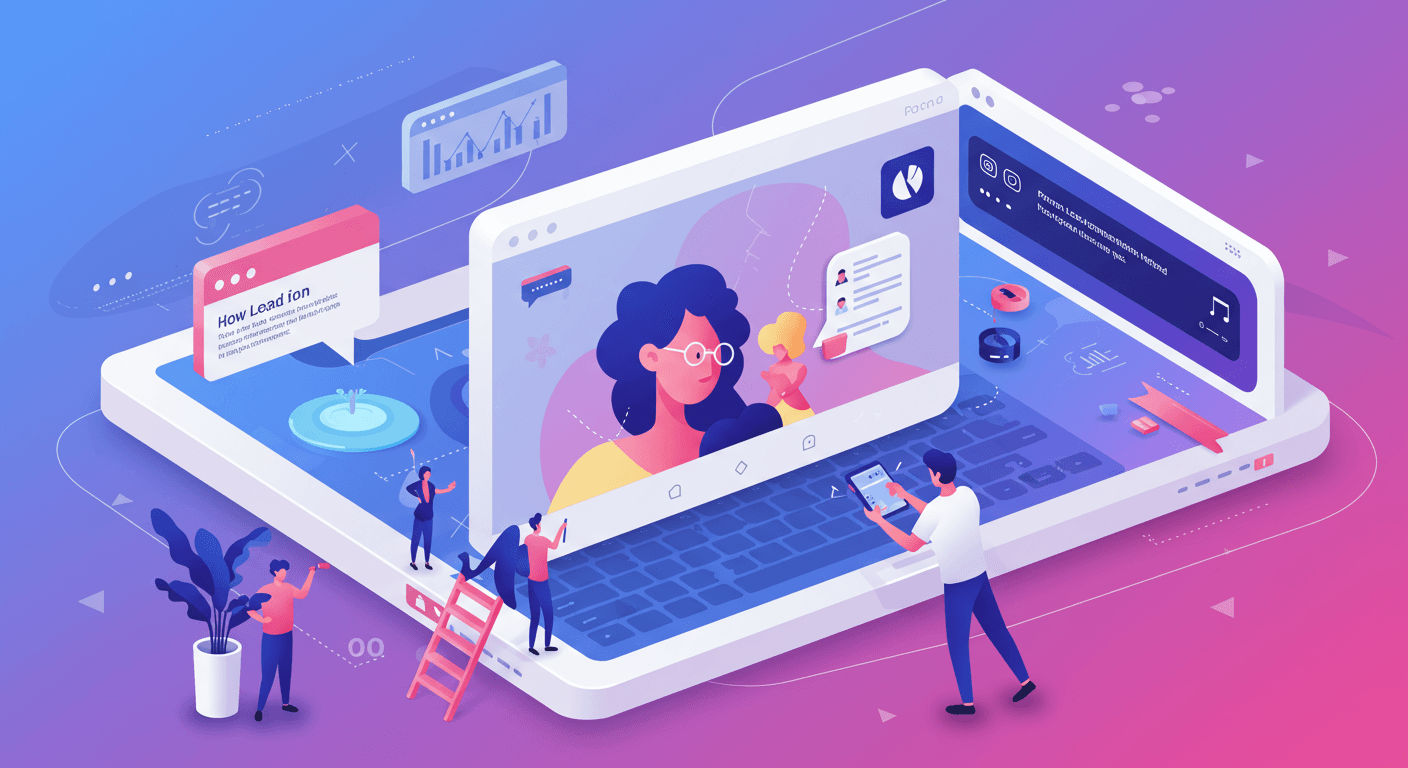Customer loyalty is a moving target. Today’s customers are savvy, informed, and ready to switch brands if their needs aren't met. They're actively researching brands to support, and many are willing to jump ship if they don't feel valued.
The driving force behind this shift? Unparalleled personalization. Customers expect experiences akin to those delivered by Netflix and Amazon – tailored, timely, and relevant. In fact, studies show that a significant percentage of customers expect brands to provide personalized experiences in exchange for their continued business.
For businesses, delivering this level of personalization requires a deep dive into customer data, collected from numerous sources and touchpoints. Transforming this raw data into actionable insights and seamless experiences can be challenging, especially when departments operate in silos.
Enter the Customer Data Platform (CDP). In this article, we'll explore how CDPs can revolutionize your customer insights and elevate your marketing strategy, all while leveraging the power of betterfeedback.ai.
What is a Customer Data Platform?
Customer Data Platforms (CDPs) are sophisticated software solutions designed to consolidate customer data from disparate systems into a single, unified database. Think of it as a central hub for all things customer-related.
CDPs construct comprehensive 360-degree customer profiles, empowering businesses to understand customer journeys, segment audiences effectively, and fuel marketing initiatives with reliable, accurate data.
The magic of a CDP lies in its ability to connect to various data sources, such as:
- Analytics tools
- Customer Relationship Management (CRM) systems
- Content Management Systems (CMS)
- Point-of-Sale (POS) systems
- APIs
- Customer service solutions
- Email marketing platforms
By aggregating data from these sources, CDPs break down data silos and create a holistic view of each customer.
CDP vs. CRM vs. DMP: Clearing the Confusion
The world of data platforms can be confusing, with acronyms like CDP, CRM, and DMP often used interchangeably. Here's a breakdown of the key differences:
| Feature | Customer Data Platform (CDP) | Customer Relationship Management (CRM) | Data Management Platform (DMP) |
|---|---|---|---|
| Primary Purpose | Unifying customer data across the organization | Managing customer relationships and sales processes | Collecting and managing audience data for advertising |
| Data Sources | Integrates data from multiple sources (online/offline) | Primarily collects and manages customer interaction data | Collects anonymous data from various sources |
| Data Type | Both identified and anonymous data | Identified data (customer profiles and interactions) | Anonymous data (cookies, device IDs) |
| Data Storage | Centralized and persistent database | Customer profiles and transactional data | Segmented audience data stored temporarily |
| Personalization Support | High (enables personalized marketing campaigns) | Moderate (based on customer interaction history) | Low (focuses on segmentation for ads) |
| Integrations | Extensive (marketing automation, analytics, CRM, etc.) | Integrated with sales and support tools | Integrated with ad networks and DSPs |
| Customer View | 360-degree view (holistic customer profiles) | Detailed view of customer interactions and history | Aggregated and segmented audience view |
| User Base | Marketing, customer success, and business intelligence teams | Sales, customer service, and marketing teams | Advertisers and digital marketers |
| Use Cases | Personalization, customer journey mapping, segmentation | Sales tracking, customer support, relationship management | Audience targeting, programmatic advertising |
How CDPs Enhance Customer Insights with betterfeedback.ai
CDPs, especially when integrated with tools like betterfeedback.ai, are game-changers for understanding your audience. Here’s why:
- 360-Degree View: CDPs weave together all customer data across channels. This helps go beyond basic personas into lifestyle and preferences.
- Actionable Insights: Translate data into sales with betterfeedback.ai. These details help teams anticipate needs and craft personal campaigns.
Imagine a clothing brand noticing customers browsing fitness wear in January. A CDP, combined with analytics from betterfeedback.ai, can create targeted, post-holiday sportswear campaigns.
Integrating CDPs into Your Marketing Strategy
Implementing a CDP is the first step; integrating it with marketing is essential. Here’s what to consider:
- Clear Goals: Start with goals like boosting lifetime value and reducing churn.
- Data Aggregation: Use CDP data with betterfeedback.ai to build segments and profiles for targeting.
- Cross-Team Collaboration: Ensure marketing, sales, and service teams all contribute to and use the data.
Customer journeys can be built once data is consolidated.
To start:
- Map interaction points across channels.
- Identify behaviors leading to conversions.
- Predict future interactions with your insights.
Recent surveys highlight that better customer understanding is linked to better goal alignment.
Implementing a CDP: Considerations and What the Future Holds
The right CDP fits business needs. Select the must-have features aligned with your goals, like real-time data and integration.
Consider how tools will scale as you grow.
Looking forward, data and applications will deeply connect.
- Predictive Marketing: CDPs will foresee customer needs and trends. For example, travel firms may use insights to offer off-season discounts.
- Innovation in Customer Engagement: CDPs, enhanced by betterfeedback.ai, will transform customer interactions. For example, providers can track patient interactions and notify refills or symptoms.
- Promoting a Common Understanding: Right now, sales and service teams understand customers better than other departments. Centralizing data with CDPs can bridge this gap and create cohesiveness.
Get ready for CDPs to lead in marketing strategy.



